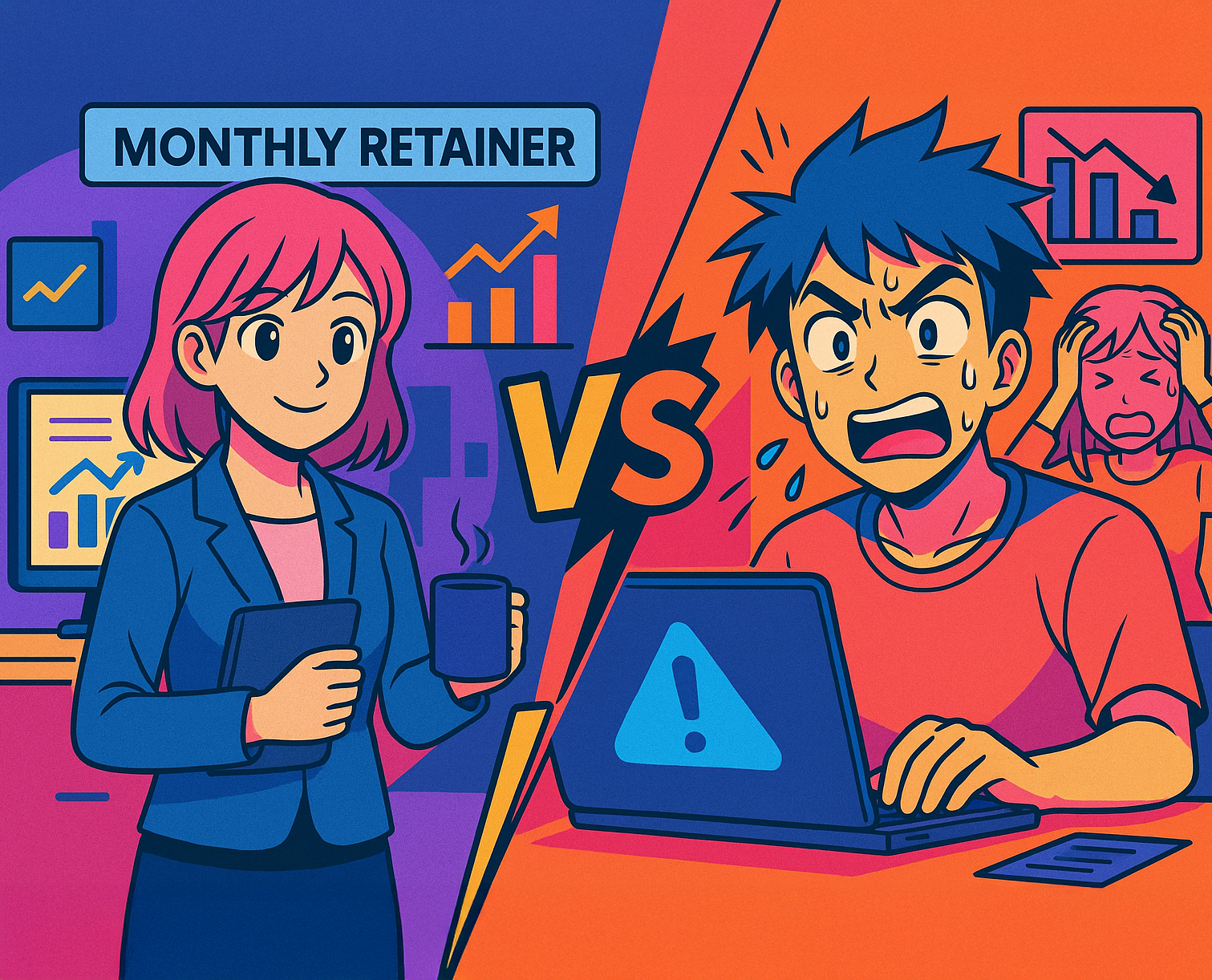Listen to the Blog
Because you can’t improve what you’re not tracking. Most teams run campaigns. Few review them properly.
If your monthly campaign recap sounds like:
“We sent some emails, got clicks, maybe a lead or two...”
—you’re missing the full picture.
With the right HubSpot campaign tracker, you can:
- Track every asset, channel, and result
- Attribute pipeline and revenue
- Review insights in one dashboard
Here’s how to set it up.
Step 1: Use HubSpot’s Campaigns Tool (the right way)
Start by creating a Campaign in HubSpot for every initiative:
- Give it a clear name:
July_Webinar_LeadGen - Tag all related assets: landing pages, emails, forms, CTAs, ads
- Set goals and dates
This groups everything for reporting automatically.
Step 2: Set UTM Parameters for Every External Link
Any traffic-driving asset (ads, social, blog CTAs) should use UTMs:
utm_source(e.g. LinkedIn)utm_medium(e.g. paid, email)utm_campaign(match your HubSpot campaign name)
HubSpot captures and maps these values to contacts, so you know what drove results.
Step 3: Track Engagement Metrics Inside the Campaign
The Campaign dashboard will now show:
- Views and submissions
- Email opens and CTR
- Ad clicks and spend (if integrated)
- Contacts influenced
- Deals associated
Pro tip: Filter by date or lifecycle stage for more profound insight.
Step 4: Create a Monthly Campaign Review Dashboard
Build a custom report or dashboard that includes:
- Contacts generated per campaign
- Deals created + closed per campaign
- Revenue by campaign
- Average time from form to deal
- Win rate by campaign
Use these for your monthly marketing + sales sync.
Step 5: Include Campaign Tagging in Deal Properties
To tie revenue back, we recommend:
- Creating a custom deal property: “Primary Campaign Source”.
- Using workflows or manual tagging to assign this.
- Filtering reports by this field
This helps bridge marketing actions with sales outcomes.
Final Thought
Campaigns aren’t one-time events—they’re systems that create compounding results. Tracking them properly in HubSpot helps you double down on what’s working—and cut what’s not. Don’t run another campaign without a tracker in place.






%201.png?width=1016&height=912&name=image%20(54)%201.png)